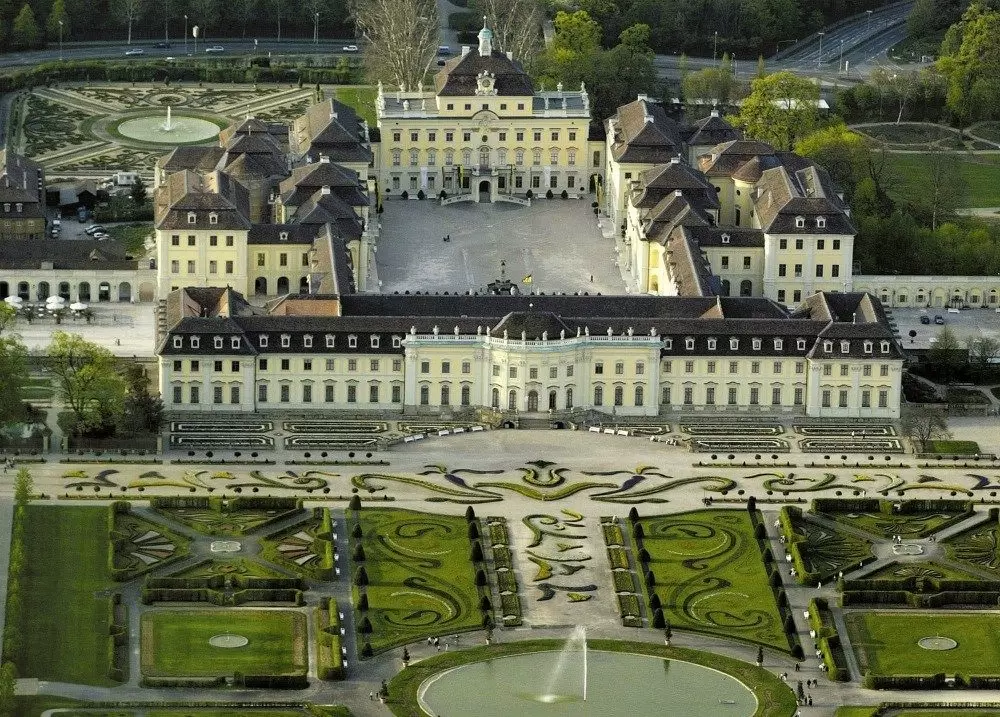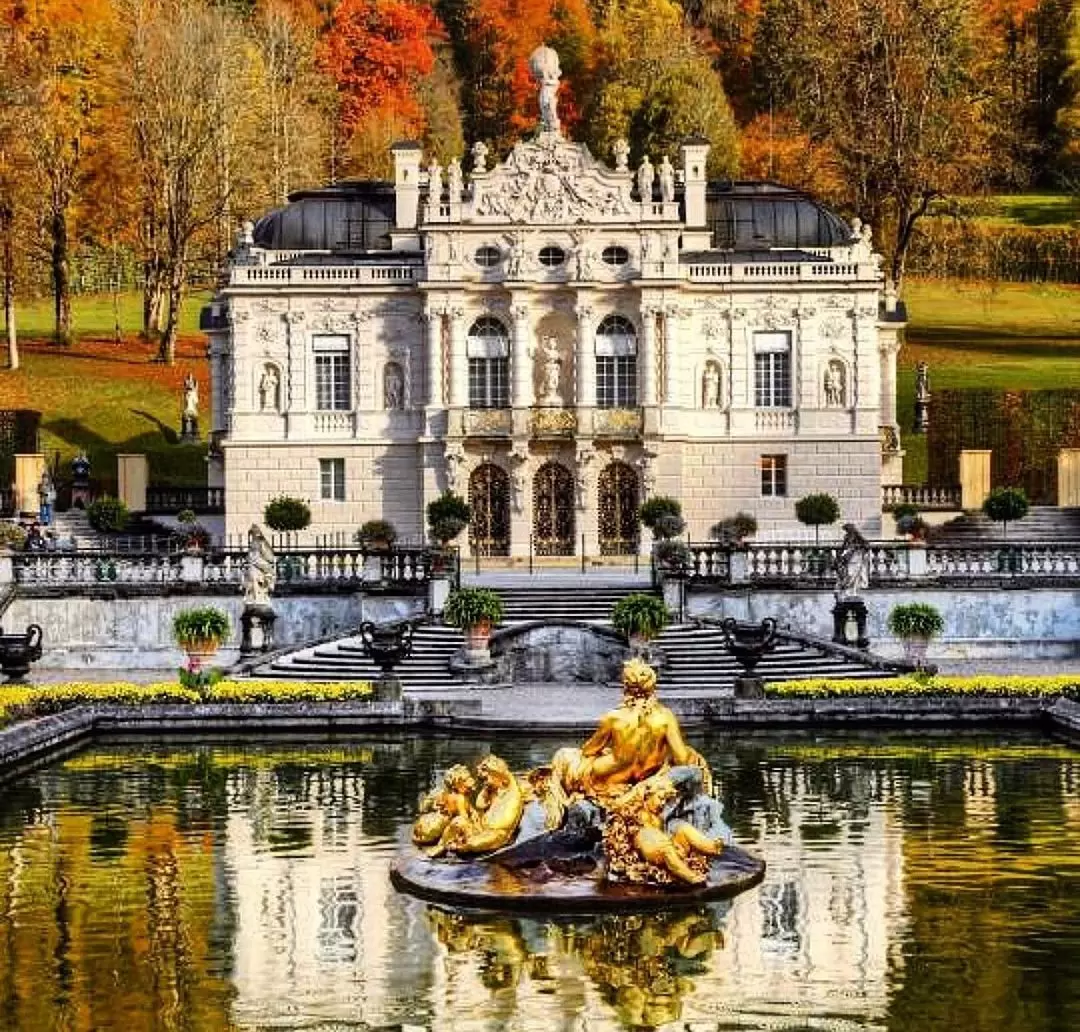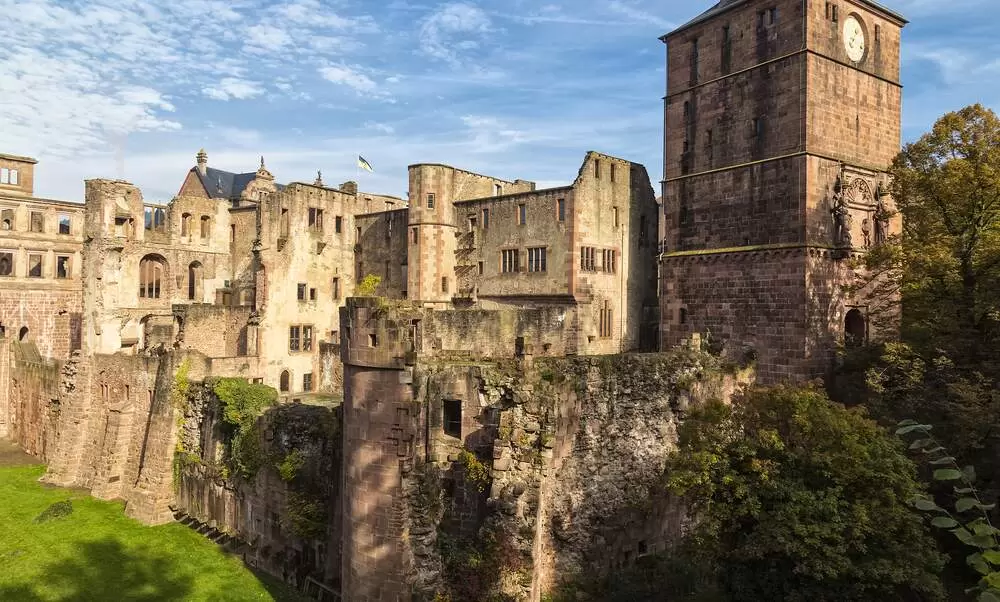Palaces and gardens have held an important place throughout human history. Since the earliest periods of history, people have built palaces and gardens to show their power and wealth. These structures have not only been a symbol of power and wealth, but have also been of great importance in terms of art and architecture.
Palaces are generally known as the places where the royal family lives. However, palaces have been used for different purposes in many different cultures throughout history. For example, the Imperial Palace in China was both the place where the emperor lived and a center for state affairs. Similarly, the Topkapi Palace in the Ottoman Empire was both the place where the sultan lived and a center for state affairs.
Gardens, on the other hand, have been used for many different purposes throughout history, in addition to palaces. In ancient Rome, gardens were generally used for rest and entertainment. In medieval Europe, gardens were usually located next to monasteries and used for growing agricultural products.
Today, many historic palaces and gardens attract the attention of tourists. These structures are preserved as important buildings that carry the traces of history and are of great importance in terms of art and architecture. The discovery of the history of palaces and gardens is important for understanding an important part of human history.
The History of Palaces and Gardens in Istanbul: From Past to Present

Istanbul has hosted many palaces and gardens throughout its history. These palaces and gardens are an important part of Istanbul's historical and cultural heritage. The palaces and gardens in Istanbul reflect the rich culture of the Ottoman Empire.
One of the most important palaces in Istanbul is the Topkapi Palace. This palace, where the Ottoman Empire was ruled for 400 years, is one of Istanbul's most important tourist attractions. The Topkapi Palace hosts many works reflecting the rich culture of the Ottoman Empire.
Another important palace is the Dolmabahce Palace. Built in the late period of the Ottoman Empire, this palace is one of Istanbul's most magnificent structures. The Dolmabahce Palace reflects the architectural style of the late period of the Ottoman Empire.
The gardens in Istanbul are also an important part of the historical and cultural heritage. One of the most important gardens in Istanbul is the Gulhane Park. This garden, which was used as a hunting lodge during the Ottoman Empire, is now one of Istanbul's most popular parks.
Another important garden is the Emirgan Grove. This garden, which was used as a hunting lodge during the Ottoman Empire, is now one of Istanbul's most important tourist attractions. The Emirgan Grove hosts many plant and tree species that reflect the natural beauty of Istanbul.
In conclusion, the palaces and gardens in Istanbul reflect the rich culture of the Ottoman Empire. These palaces and gardens are an important part of Istanbul's historical and cultural heritage and attract the attention of tourists. The palaces and gardens in Istanbul are also of great importance for the preservation of historical and cultural heritage.
Ottoman Palaces and Gardens: Our Architectural and Cultural Heritage

The Ottoman Empire was one of the greatest and most powerful empires in history. Its architectural and cultural heritage still inspires admiration today. Ottoman palaces and gardens are one of the most important parts of this heritage.
Ottoman palaces are rich and diverse in terms of architecture. Palaces such as Topkapi Palace, Dolmabahce Palace, and Beylerbeyi Palace offer the most beautiful examples of Ottoman architecture. These palaces attract attention with their high domes, ornate columns, mosaics, and frescoes. In addition, sections such as the harem and the selamlik inside the palaces are an important part of Ottoman culture.
Ottoman gardens are also an important part of our natural heritage, as well as our architectural heritage. Gardens are designed as an extension of Ottoman architecture. Various plants, trees, and flowers are grown in these gardens. In addition, the pools, waterfalls, and fountains in the gardens combine with the water elements of Ottoman architecture to offer a visual feast.
Ottoman palaces and gardens are not only a part of our architectural and natural heritage, but also a reflection of Ottoman culture and lifestyle. While palaces reflect the lifestyle of Ottoman sultans, gardens show the relationship between Ottoman people and nature.
In conclusion, Ottoman palaces and gardens are one of Turkey's most important cultural heritages. Preserving and passing on this heritage to future generations is extremely important for the continuation of our country's cultural richness. Therefore, necessary efforts must be made to preserve and pass on this heritage to future generations.
Royal Palaces and Gardens in Europe: Historical and Aesthetic Values

Royal palaces and gardens in Europe have gained worldwide fame for their historical and aesthetic values. These palaces and gardens are part of Europe's rich historical and cultural heritage and attract tourists.
Royal palaces in Europe are generally buildings of historical importance. These palaces are usually where the royal family lives and have been at the center of historical events. These palaces are also important architecturally and are usually built in baroque, Gothic, neoclassical, and Rococo styles.
Gardens, on the other hand, are large areas surrounding the palaces. These gardens are often decorated with sculptures, fountains, and other works of art of historical importance. Gardens are also used as botanical gardens and host rare plant species.
Royal palaces and gardens in Europe attract tourists. These palaces and gardens are part of the historical and cultural heritage and offer visitors a historical journey. Additionally, these palaces and gardens are important architecturally and provide visitors with an aesthetic experience.
In conclusion, royal palaces and gardens in Europe have gained worldwide fame for their historical and aesthetic values. These palaces and gardens attract tourists and offer visitors a historical journey and aesthetic experience. Therefore, royal palaces and gardens in Europe are among the places that must be visited.
The Splendor of the East: Persian, Chinese, and Japanese Palaces and Gardens

The splendor of the East is reflected in the palaces and gardens of Persia, China, and Japan. These palaces and gardens reflect the richness and aesthetics of Eastern culture. Persian palaces have been built throughout Iran's history and offer the most beautiful examples of Persian architecture. These palaces usually have large courtyards and gardens and are spread over a wide area. Persian palaces are usually surrounded by high walls and contain many buildings and gardens.
Chinese palaces have been built throughout China's history and offer the most beautiful examples of Chinese architecture. These palaces usually have large courtyards and gardens and are spread over a wide area. Chinese palaces are usually surrounded by high walls and contain many buildings and gardens. Chinese palaces are usually built based on principles of symmetry and balance and are designed according to feng shui principles.
Japanese palaces have been built throughout Japan's history and offer the most beautiful examples of Japanese architecture. These palaces usually have small courtyards and gardens and are spread over a wide area. Japanese palaces are usually made of natural materials such as wood and paper and have a minimalist design. Japanese palaces are usually surrounded by gardens designed to emphasize natural landscapes.
The splendor of the East is reflected in the palaces and gardens of Persia, China, and Japan. These palaces and gardens reflect the richness and aesthetics of Eastern culture. These structures are an important part of our historical and cultural heritage and need to be preserved.
Palaces and Gardens on the World Heritage List: Places Waiting to be Discovered

The World Heritage List was created by UNESCO to preserve and promote cultural and natural heritage worldwide. Palaces and gardens on this list stand out as structures of great historical and cultural importance. However, these structures still remain among the places waiting to be discovered.
Palaces stand out as structures of great historical and cultural importance. These structures are often the most important parts of a country's historical and cultural heritage. Palaces on the World Heritage List are well-known worldwide and attract great interest from visitors. However, these structures still remain among the places waiting to be discovered.
Gardens also stand out as structures of great historical and cultural importance. These structures are often the most important parts of a country's natural beauty. Gardens on the World Heritage List are well-known worldwide and attract great interest from visitors. However, these structures still remain among the places waiting to be discovered.
Palaces and gardens stand out as structures of great historical and cultural importance. These structures are well-known worldwide and attract great interest from visitors. However, these structures still remain among the places waiting to be discovered. Therefore, discovering and preserving these structures is of great importance.

Comments